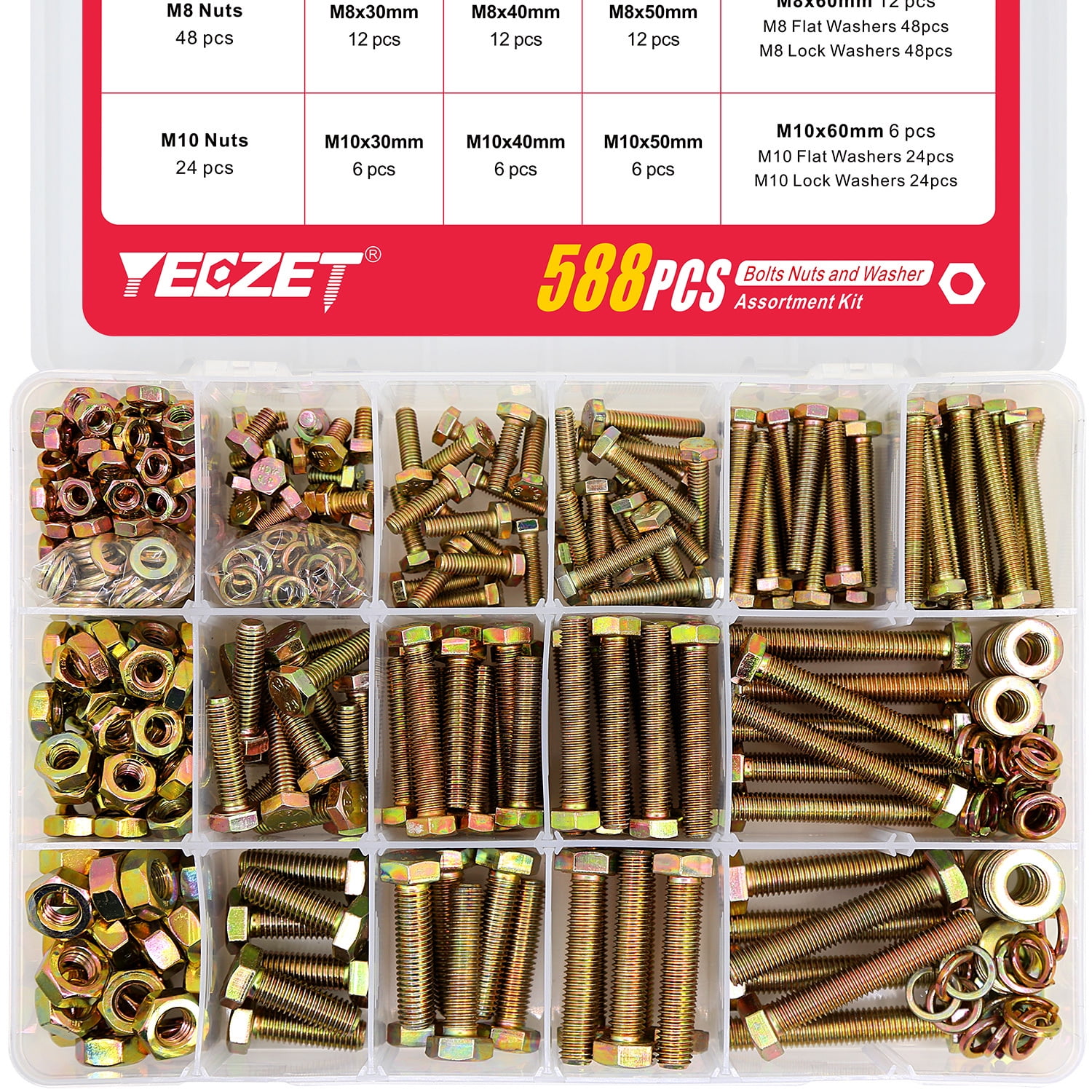The Craft of Securing: The Novice’s Guide to Fasteners and Screws
When embarking on any construction or DIY project, grasping the basics of nuts and bolts is crucial. These key fasteners may seem simple, but they are the foundation of many structures and repairs, from furniture assembly to large-scale construction. As you delve into the world of fastening, this guide will equip you with the knowledge you need to select the right nuts and bolts for your specific applications, guaranteeing the quality and longevity of your projects.
In this comprehensive guide, we will examine the different kinds of nuts and bolts, illuminating their various applications and purposes. Whether you're a beginner at the outset or a seasoned DIY enthusiast looking to enhance your expertise, knowing how machine bolts, structural bolts, and specialized fasteners differ will strengthen your project capabilities. From understanding bolt classifications to choosing the ideal material for your requirements, we’re here to help you master the art of fastening. Join us as we decode the world of nuts and bolts, turning you into a confident fastener expert.
Grasping Nuts and Bolts
Nuts and bolts are essential components that play a important role in a wide range of applications, from common household tasks to major construction projects. Together, they form a reliable fastening system that holds objects in place, providing integrity and integrity. Grasping the fundamental components is crucial for anyone wishing to carry out maintenance or participate in DIY projects. Bolts typically have a screwed shaft and a head, allowing them to be secured with a nut, while nuts are equipped with internal threads that fit onto the bolt, facilitating a firm connection.
There are different sorts of nuts and bolts, each designed for particular applications. Common bolts include multi-faceted bolts, adjustable bolts, and large screws, each serving specific roles depending on the materials and the environment involved. Nuts also come in different varieties, such as regular nuts, anti-loosening nuts, and flange nuts, each providing distinct perks for securing the connection. Knowing when and where to use these types can greatly impact the robustness and durability of your assembly.
Picking the right nut and bolt combination involves accounting for several criteria, including the substances being fastened, the surroundings they will be in contact with, and the necessary load they must withstand. Various coatings and materials, such as stainless steel or zinc-plated options, can impact corrosion resistance and overall performance. Grasping these principles will allow individuals to choose the suitable fasteners for their particular situations, ensuring dependable and long-lasting connections in any task.
Types and Uses
Bolts and bolts come in a wide range of forms, all designed for specific applications. Bolts are usually classified by their shape and intended use. Common types include hex bolts, which are flexible and perfect for common fastening; carriage bolts, frequently used in wood applications due to their rounded heads; and lag bolts, designed for high-strength projects involving wood. Knowing these categories helps in selecting the right fastener for your job, ensuring strength and durability.
Nuts also differ significantly, providing different functions based on their construction. Regular hex nuts are frequent in many applications, while lock nuts, which have a design feature to prevent turning loose, are ideal for dynamic environments where shaking may occur. Flanged nuts are beneficial when a larger surface area is required to distribute the load, making them perfect for softer materials. Identifying the precise needs of your application is crucial for optimal performance.
When engaging on projects encompassing various materials, the right mix of nuts and bolts enhances the strength of your assembly. For instance, in automotive repairs, specific nuts and bolts are essential for security and functionality, while building tasks often require strong fasteners. Selecting the appropriate fastener kind, dimension, and material is vital, especially in mixed settings where metal and wood can be in play, ensuring your work is dependable and durable.
Resources and Finishes
When selecting fasteners for your projects, the materials used in their construction play a crucial role in determining their strength, durability, and fitness for particular uses. Iron is the most common material for fasteners due to its elevated sturdiness and cost-effectiveness. It comes in multiple levels, each offering unique tensile strengths and resistance to shear forces. For situations subjecting nuts and bolts to humidity or corrosive environments, corrosion-resistant steel fasteners are ideal as they resist oxidation and corrosion, making them perfect for exterior and oceanic environments.

Brass and titanium are also popular alternatives. Brass fasteners are utilized primarily in electronic uses due to their excellent conductivity and non-corrosive nature. Aluminum, while more expensive, is favored for its low-weight properties and strong loading capabilities, making it a popular choice in aerospace and high-performance vehicle applications. Each material comes with its own set of benefits, and understanding this can help you make an informed choice based on the needs of your task.
Finishes are equally important as they enhance the functionality and longevity of the fasteners. Zinc plating is commonly used to provide a rust-proof layer, while galvanized coatings offer even better safeguarding for exterior applications. Other coatings, such as dark oxide or powder coating, may enhance look while providing some level of corrosion resistance. Choosing click this site is essential to ensure that the fasteners you select will endure the environment they will face throughout their service life.